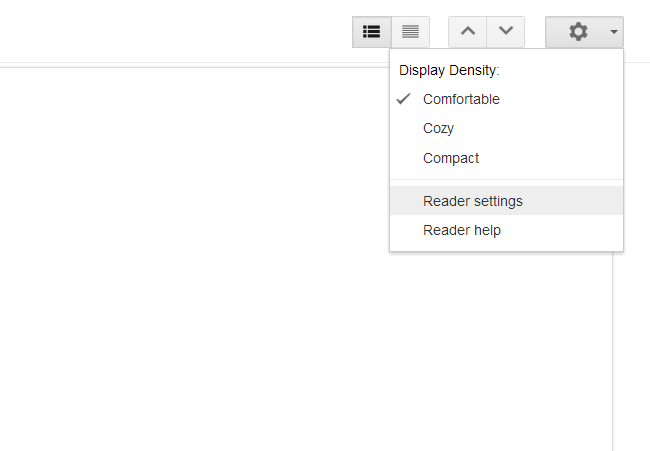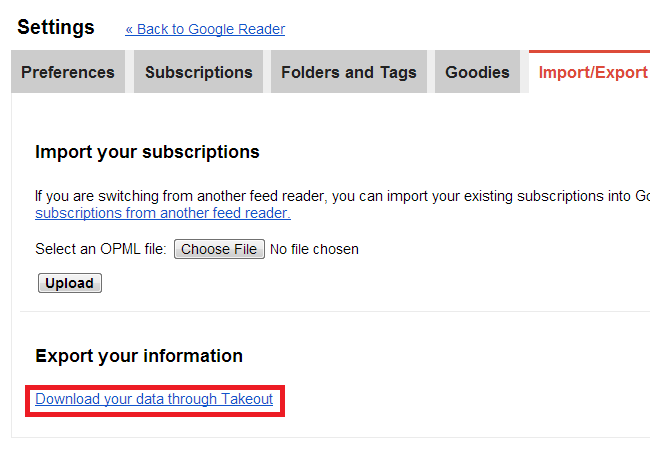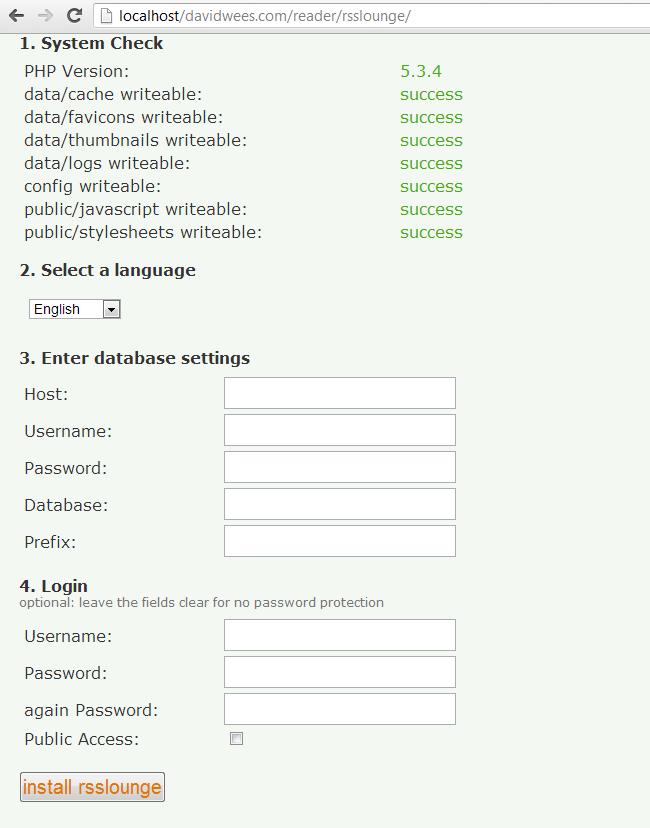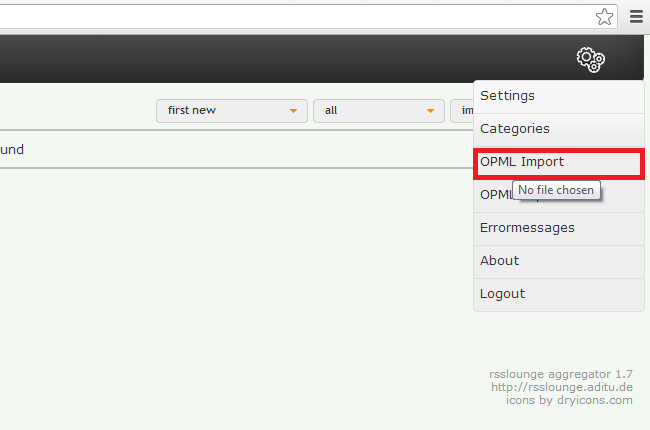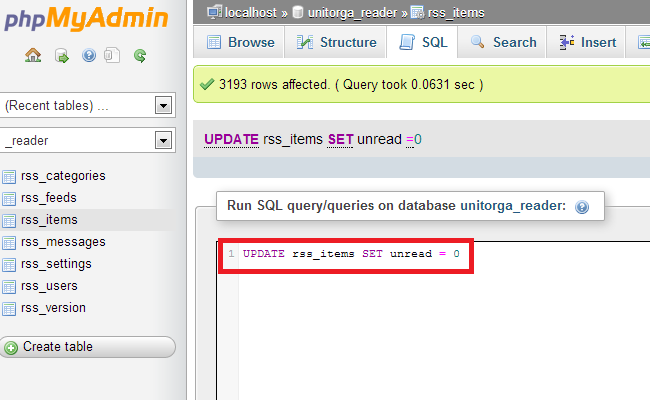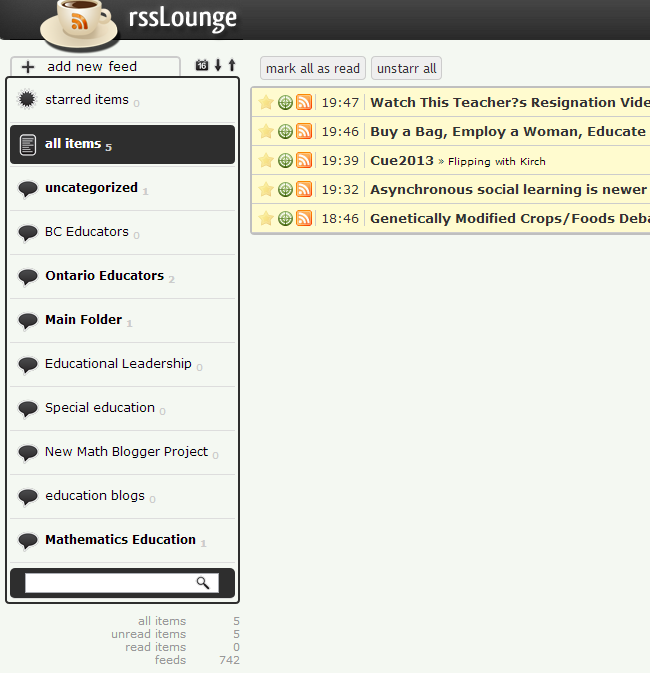My youngest son recently learned how to walk. He’s certainly not an expert by any means, but he can now toddle around for 10 to 12 steps at a time and not fall down. I noticed something strange about his walking though – he makes no effort to avoid obstacles in his way.
This is strange because I remember when he first learned to crawl a few months ago, he had the same problem, but he fairly quickly learned how to crawl around the obstacles on the floor and therefore avoid them.
There are two possibilities – he knows about the obstacles and chooses not to avoid them because he wants to focus on keeping his balance, or he doesn’t notice the obstacles at all. The first possibility seems unlikely to me since he normally hesitates in his walking when he seems uncertain and he does not even look at the obstacles at the floor. The second possibility seems more likely to me.
How is it that he can not notice obstacles while walking that he avoids easily while crawling? My theory is that there are three factors at play – first that his perspective is different while walking than while crawling and that he is not able to adjust his internal model of "looking for an avoiding obstacles" because of this. Another is that he does think that he should worry about obstacles while walking because it does not occur to him that the obstacles he successfully avoided while crawling could be obstacles while walking. Finally, walking probably takes my son quite a bit of cognitive effort. He has to spend his time thinking about balancing, and he is unable to think about all of the other things that could happen while he is doing this. Walking is not something for which he has automaticity. All of these reasons are results of a change in context between crawling and walking.
The space is the same, the obstacles are the same, but the context is different, and this makes the tasks different enough that even what seem like simple obstacles to us are currently challenging for my son.
We need to consider this issue for our students as well. How often do we see them unable to solve problems in an even slightly different context that they seemed completely capable of solving before?
